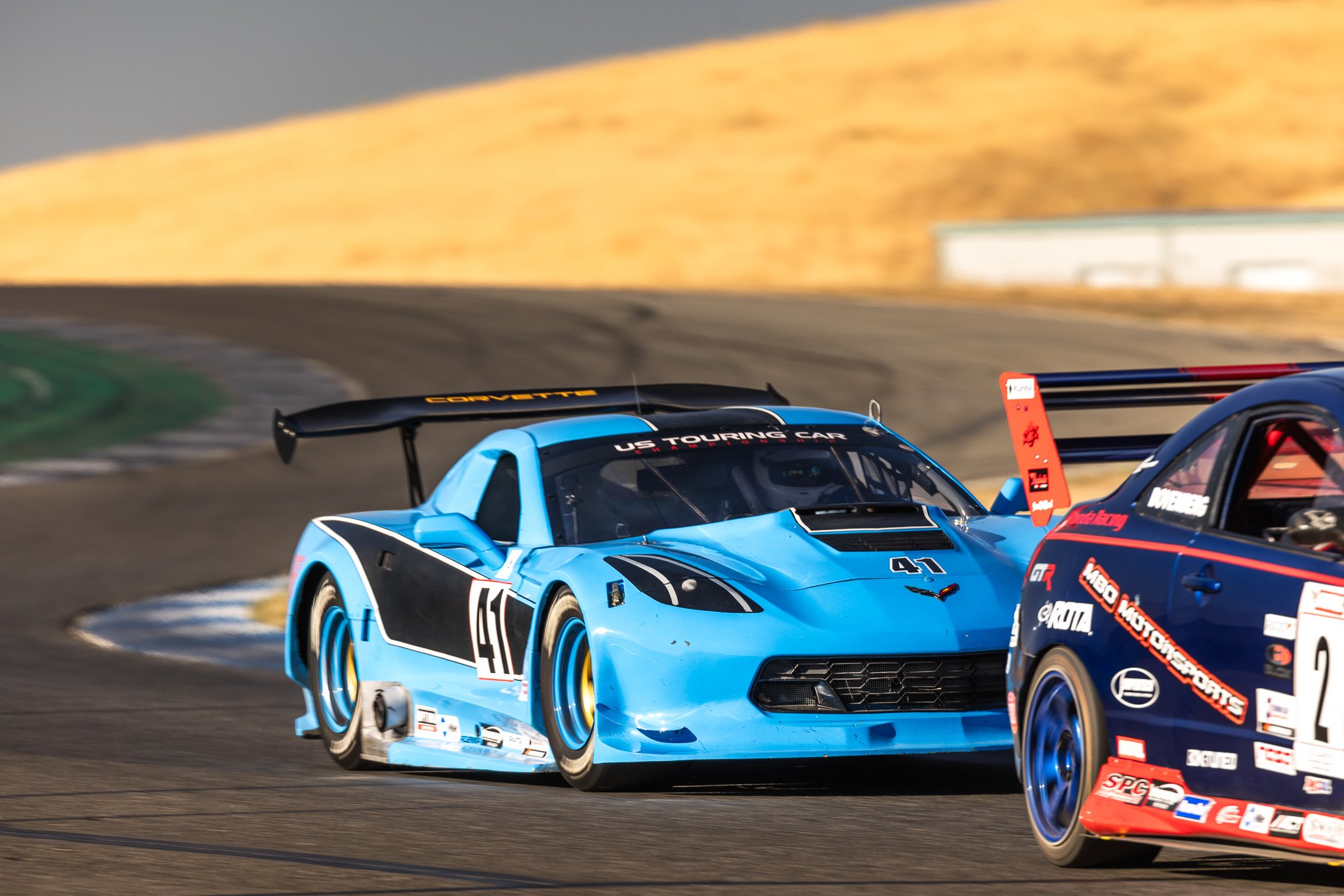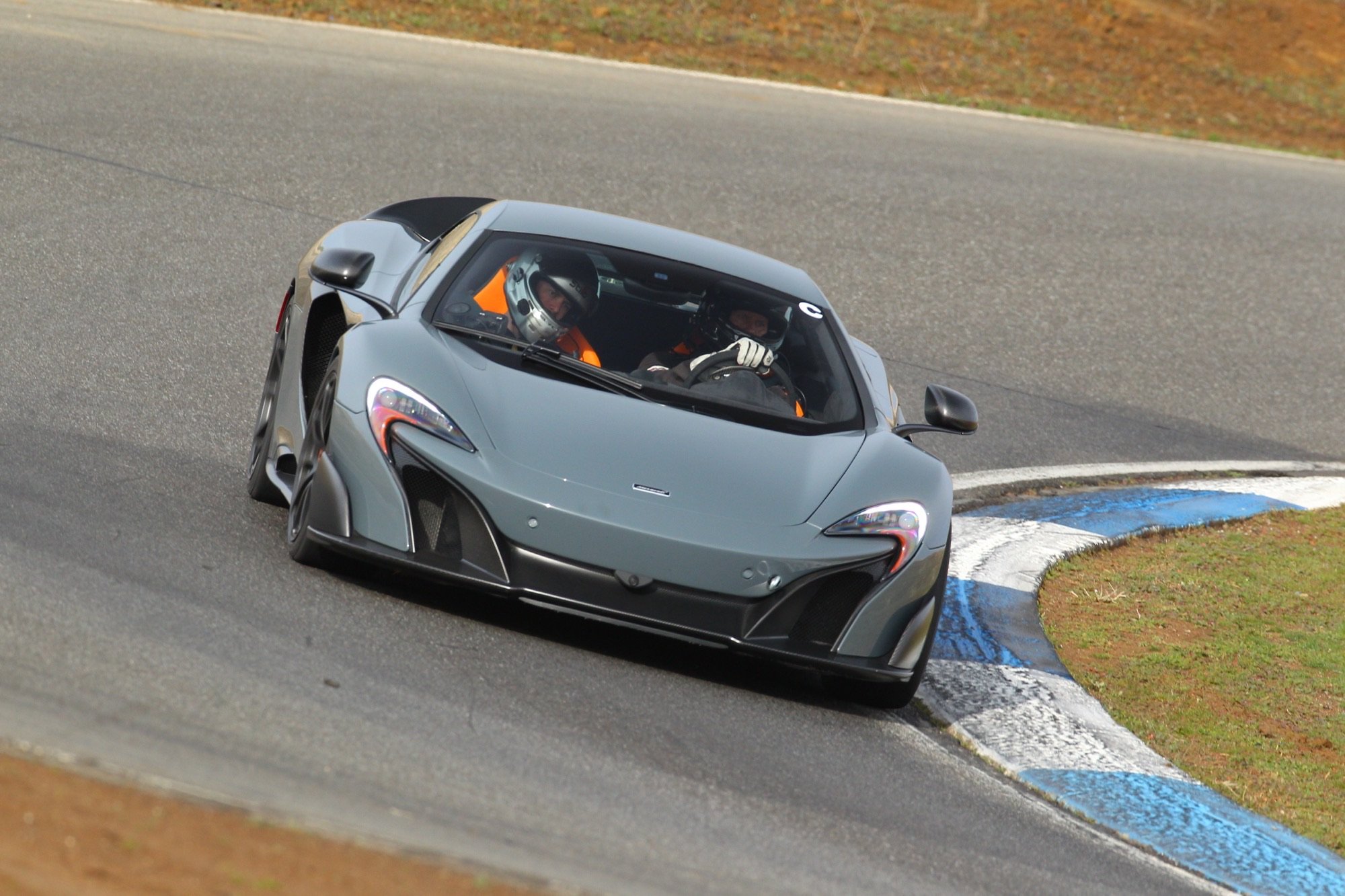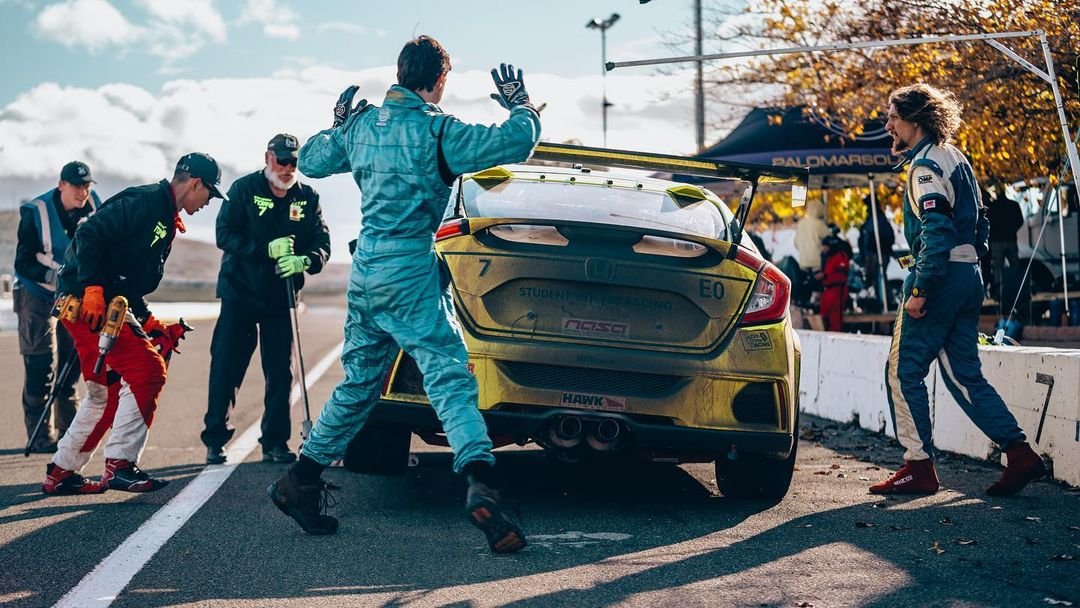
SpeedSF Blog
Every Build Has a Story – Meet the Cars of SpeedSF

Miles’ BRZ: Holistic Approach
Fueled by a desire to rise above middling, Miles Kodama bought his BRZ, enrolled in the 86 Challenge, and did everything in his power — including a serious diet and exercise regimen — to become series champion.

Steven's McLaren 675LT: Hardly Fair Anymore
After hearing nothing but praise from his driving coach, Steven Melson decided he’d have to try a 675LT for himself. He flew out to COTA to test one, but that particular car was crashed minutes before he was supposed to hop in it. Undeterred, he sought out another and has been continually shocked at how capable this supercar is.

Near-Win at the 25 Hours of Thunderhill: Team Tazio Ottis Racing's Day-Long Battle
Mechanical troubles, great pace, a tough competitor, and changing conditions made this year’s 25 Hours of Thunderhill a nail-biter for Team Tazio Ottis Racing. Even enduros can provide close finishes like this team had.
